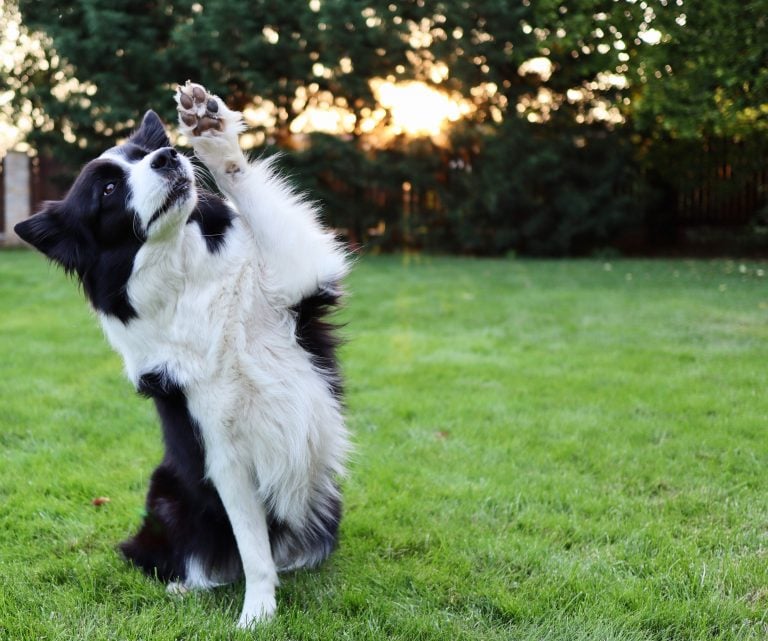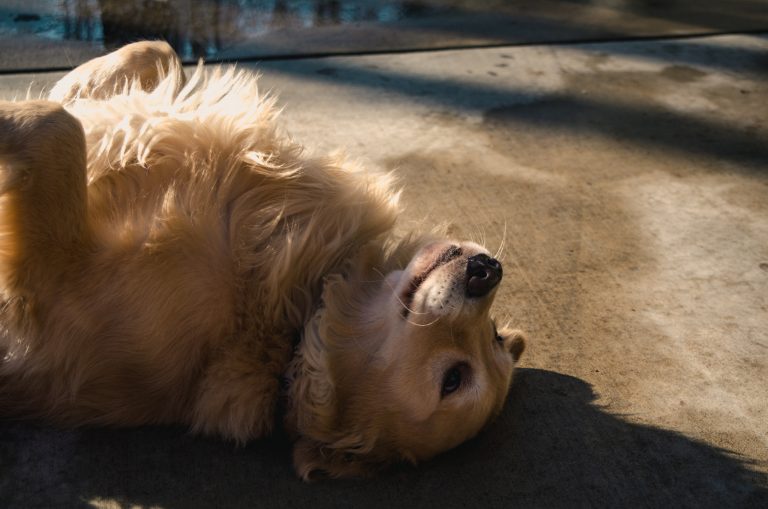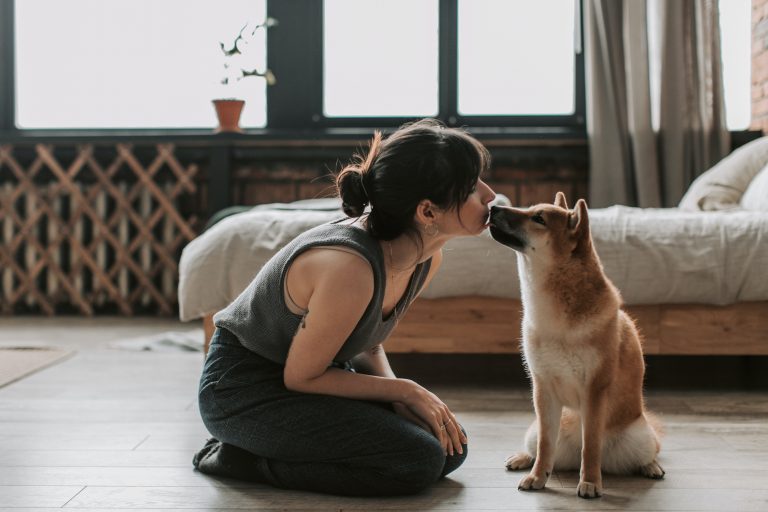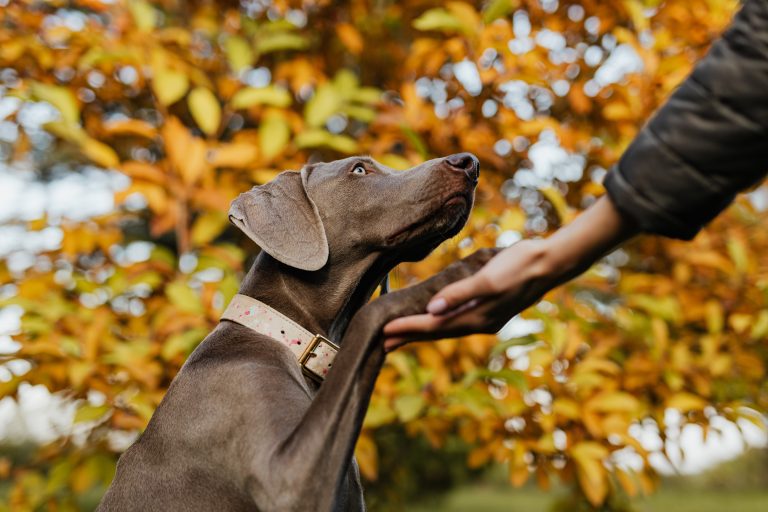Dogs are clever creatures with the capacity to pick up a range of entertaining tricks. A fantastic method to strengthen your relationship with your dog and ensure he receives enough exercise is to teach him tricks. Additionally, it stimulates the mind, which lessens boredom, worry, and destructive tendencies.
The most common tricks to teach your dog and the most effective methods will be covered in this article.
Is Teaching a Dog Tricks Difficult?
Teaching your dog tricks is not always tough, but it does require perseverance and consistency. Your dog may learn orders more quickly in some breeds than others depending on the breed.
One of the most well-liked techniques for teaching your dog tricks is clicker training. Your dog can learn to correlate particular behaviors with incentives by using a clicker sound in conjunction with goodies.
Additionally, when training your dog tricks, offer positive reinforcement. Your dog will learn a task more quickly if you give them goodies or vocal praise each time they succeed.
Training sessions should be brief and focused on just one feat at a time. Successful dog training requires being patient and giving precise directions. Additionally, minimizing distractions can help your dog concentrate on the work at hand during training sessions rather of becoming distracted by outside noises or other animals.
Some Fun Tricks To Teach Your Dog
1. Sit
The most fundamental trick is teaching your dog to “sit.” With a reward in one hand that is both visible and out of reach, start by standing in front of your dog. After telling your dog to “sit” in a firm voice, lift the treat gradually until your dog’s back ends slowly descends to the ground. Give them the treat and vocal praise as soon as their bottom reaches the ground. Your dog will learn this technique instinctively with enough practice.
2. Shake

For fun, you can teach your dog to shake hands. He should first sit as you hold their paw with one hand while providing a treat in the other. Once you have his paw securely in your grasp, say “shake” and apply light pressure until he exhibits resistance by lifting his paw somewhat. Then, release your hold and praise him verbally and with a treat. If you are persistent and patient, your dog will soon be shaking paws with everyone.
3. Roll Over
Your pet friend can learn to roll over as a fun trick. Start by having him lie on his side with one arm stretched in front of him as if he were reaching for something. Hold a treat just out of his reach, forcing him to roll over to obtain it. This ought to promote rolling motions from side to side. As soon as your dog completely turns over onto their back, praise them verbally and give them the treat they were promised. Then ask them to sit back down and ask them to roll over again.
4. Play Dead

Teaching your dog to act dead is one trick that will make your friends and family chuckle. When you issue the command, have your dog lie down on his side to teach him the trick. Then, while saying “bang” or another appropriate cue word, bring a treat up close to their nose and slowly move it away from their body toward the ground. Your puppy should finally flip over onto his back as he pursues the treat with his gaze. Give him praise, pets, and a treat when he behaves in this way. He should be able to play dead when given the specified command with enough practice.
5. Hide and Seek
Hide and seek is a fun interactive game that dogs can play with their humans. Start with hiding in one room of the house with your dog while having someone else hold it. When you’ve successfully hid yourself, ask the person holding your dog to release him so he can look for you. Make sure to shower your dog with praise and treats as soon as he locates you! This game will foster a closer link between you and your dog while also assisting your dog in learning problem-solving techniques.
6. Kiss

If you don’t mind a doggie lick, you can teach your dog a trick by kissing him. With a treat in hand, start by having him sit or lie down in front of you. As you move the reward closer to his nose, say “kiss,” and when he licks it off your palm, say “good kiss.” Give him a treat as well as praise for a job well done. Your dog ought to be able to give you a kiss on order after numerous attempts at practicing this!
7. Speak
Teaching your dog to speak or bark on demand is a trick that can require a little more time. Start by asking him to sit or lie down in front of you while holding a treat directly in front of his face. Say “speak” or “bark” when he barks, which he’ll probably do when attempting to get at the delectable food, and give him the treat straight away. Until your dog knows what you want him to do, do this repeatedly while giving him lots of praise.
8. Beg

Begging is the final trick we’ll cover; some dog owners think it’s sweet. Holding a goodie close to his chest, start by having your dog jump up onto his rear legs. As soon as he stands straight on his hind legs (even if only for a brief period of time), praise them profusely and offer them their preferred treat as a reward. Repeat this several times until he feels at ease standing unassisted for a lengthy period of time. Make careful to reward him even if he simply stands for little periods so that he understands that the effort results in a tasty reward.
Benefits of Teaching Your Dog Tricks
The advantages of teaching your dog tricks are numerous. It can improve your dog’s intelligence and obedience while also strengthening the link between you two. Your dog will also benefit from the mental stimulation and exercise. Additionally, it provides entertainment for your dog in times of boredom or loneliness. Don’t forget that training a trick is a fantastic opportunity to amaze your friends with your dog’s outstanding abilities.
Final Thoughts
Teaching your dog amusing tricks can significantly improve both your and your dog’s lives. Your dog will feel loved while playing with you, and you will both wow your friends, improve your dog’s coordination, and promote good physical activity levels. Always start simple by teaching one technique at a time, giving clear instructions, praising achievement frequently, and developing patience.

